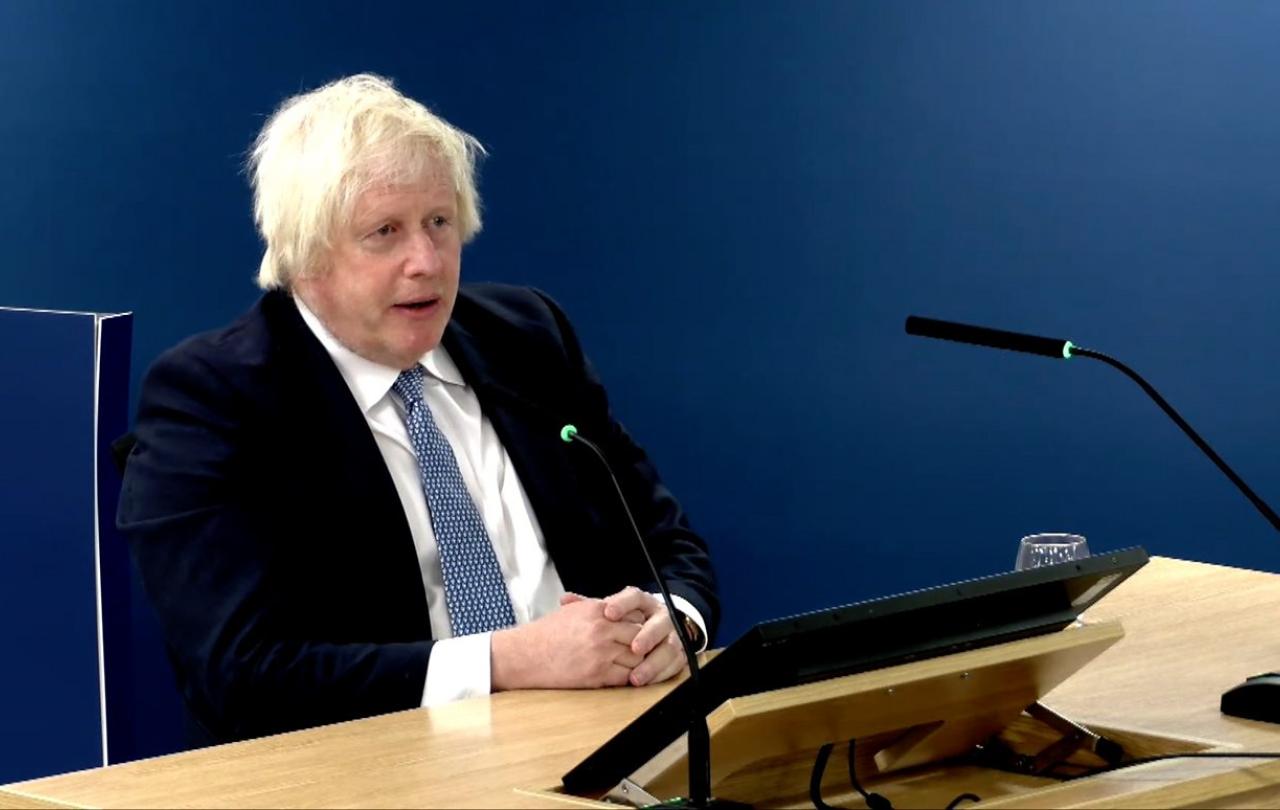
As the university sector convulses, what’s the point of their chaplains?
The university chaplains fulfil a role which calls for a unique set of skills, including pastoral imagination, flexibility, and creativity as they respond to various, often unpredicted, challenges. Chaplains occupy a place between highly professional Students Services colleagues at the university - think counsellors, experts on emigration and finances, and local parishes representing diverse theological viewpoints.
Every year, while meeting and greeting international students, one of the earliest tasks for the chaplains is to explain their role, as in non-European languages and cultures there is no equivalent of a “chaplain”. Are the chaplains sort of “spiritual gurus”, “life coaches”, “champions of wellbeing”? What is the real difference for the students and the staff in a secular academic institution, between approaching a chaplain and a professional counsellor?
In addition to all these initial questions that a student might ask, other observers question the role of chaplains in a secular academic institution, for being counterproductive. Why provide and finance a chaplain without any measurable outcomes of his or her work? Whether it is counting confirmations, ensuring Christian faith and values as clearly pronounced, or/and conducting regular acts of worship for the students and staff?
Looking at my daily engagement with the international, diverse community of the students and the staff, there are at least three areas of presence (rather being than doing, adapting famous Gabriel Marcel’s distinction), which illuminate this unique type of vocation.
First, currently British universities are going through a very painful, dramatic time of saving money and redundancies. Chaplaincy is becoming a visible space for emotional support to those who are worried about their immediate future. Students and staff are going through a period of uncertainly, if not confusion, so chaplaincy holds the unique space on the campus to show empathy to those who cry, and to offer time for those who need to speak about their pain.
Secondly, chaplaincy has the privilege of being very creative in the ways of engaging with the local academic community. The memorial services for the students and the staff who died recently are not the formal funerals: yet they allow the participants to speak, play the music, show videos about the departed. There is a real celebration of life, brings consolation to academic colleagues, families and relatives.
Thirdly, unlike other professional services, only chaplaincy is able to show the generosity of time to anyone who comes through the door. That’s because those individuals are welcome as the ‘image’ of God. The rest about that individual is accidental, he or she finds ‘home away of home’ in the space of chaplaincy, because through the eyes of Christian faith: he or she is precious and unique.
What about proclaiming the message about Jesus Christ? There is a story about St Francis of Assis who said to his brothers, while approaching an Italian city: “now we will proclaim the Gospel to all who live in this city”. After that he and his companion marched through the streets in silence. When they left the city, one of his brothers, rather surprised by lack of preaching, asked: “Francis, when did we proclaim the Good News?”. “Our way of walking was the proclamation of our faith”. The way how we greet, spend time with students, talk, joke and pray – reflects that proclamation.
Join with us - Behind the Seen
Seen & Unseen is free for everyone and is made possible through the generosity of our amazing community of supporters.
If you’re enjoying Seen & Unseen, would you consider making a gift towards our work?
Alongside other benefits (book discounts etc.), you’ll receive an extra fortnightly email from me sharing what I’m reading and my reflections on the ideas that are shaping our times.
Graham Tomlin
Editor-in-Chief





